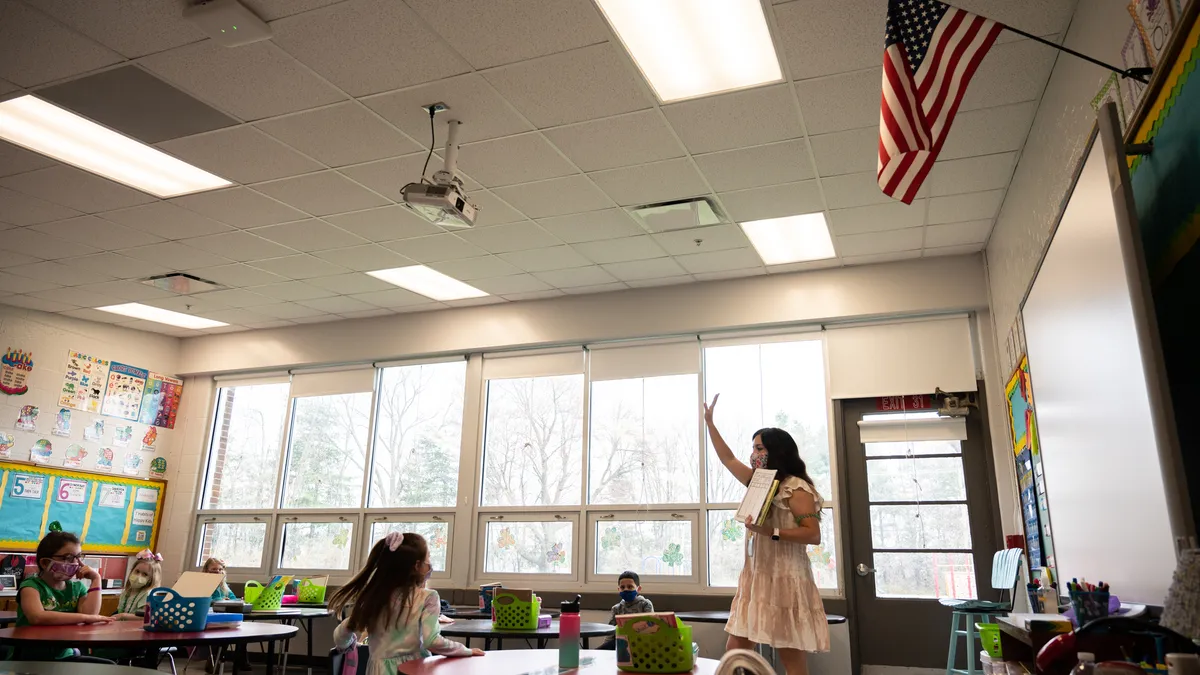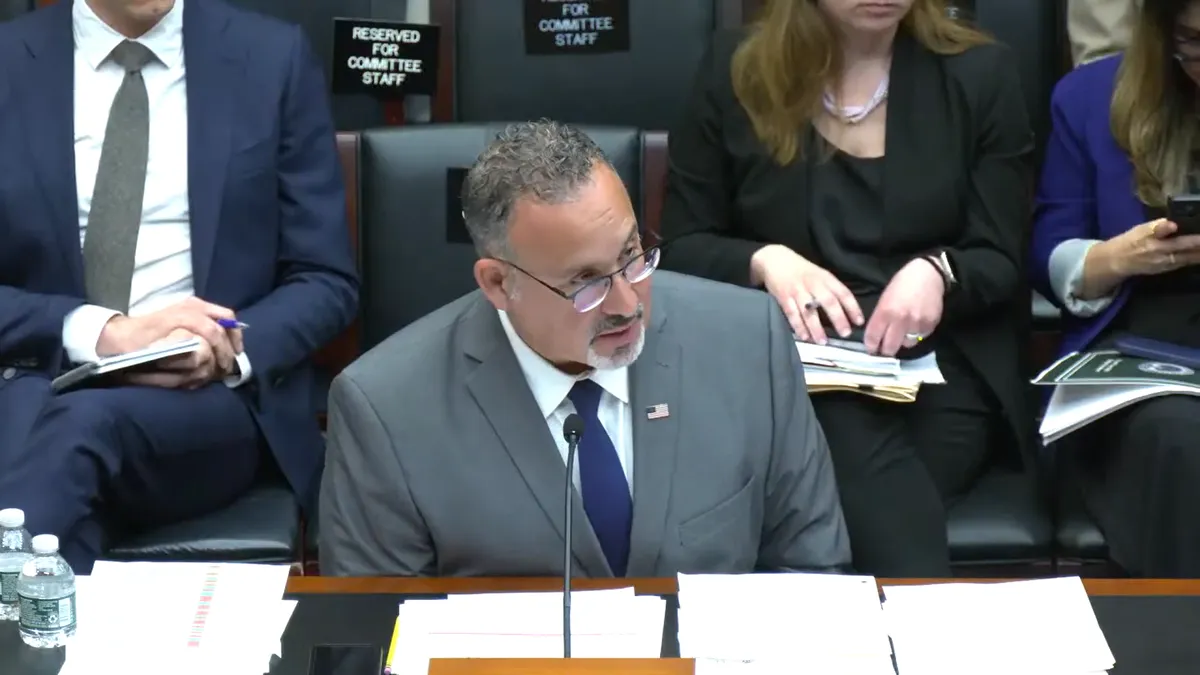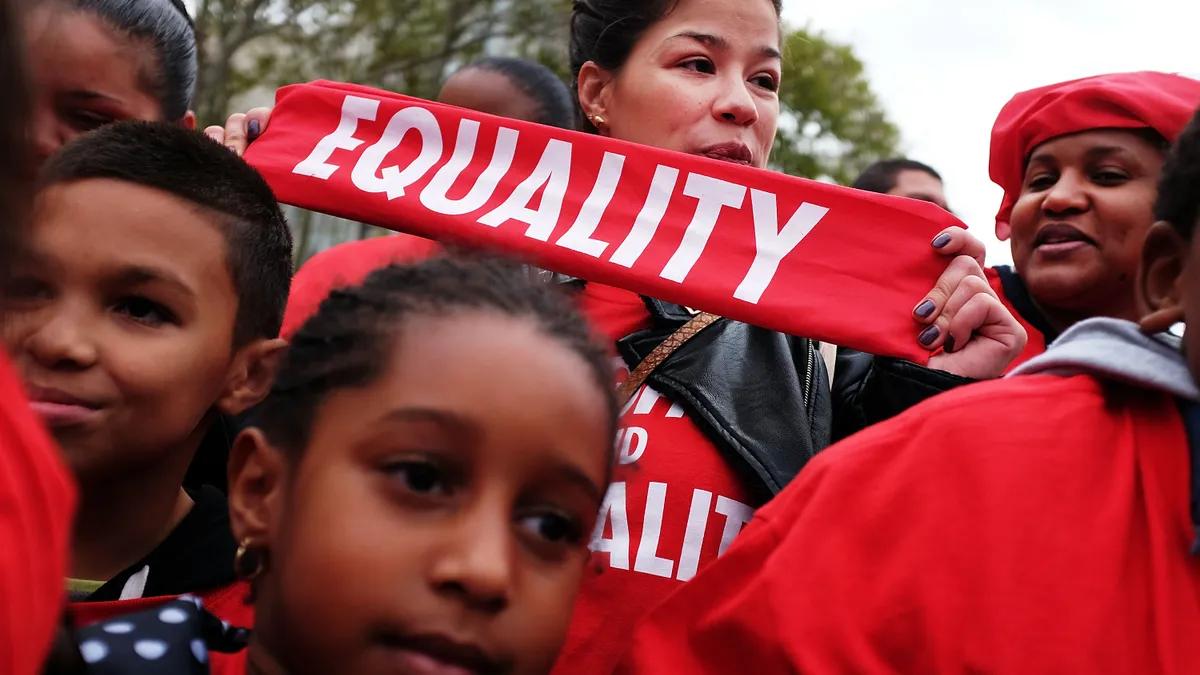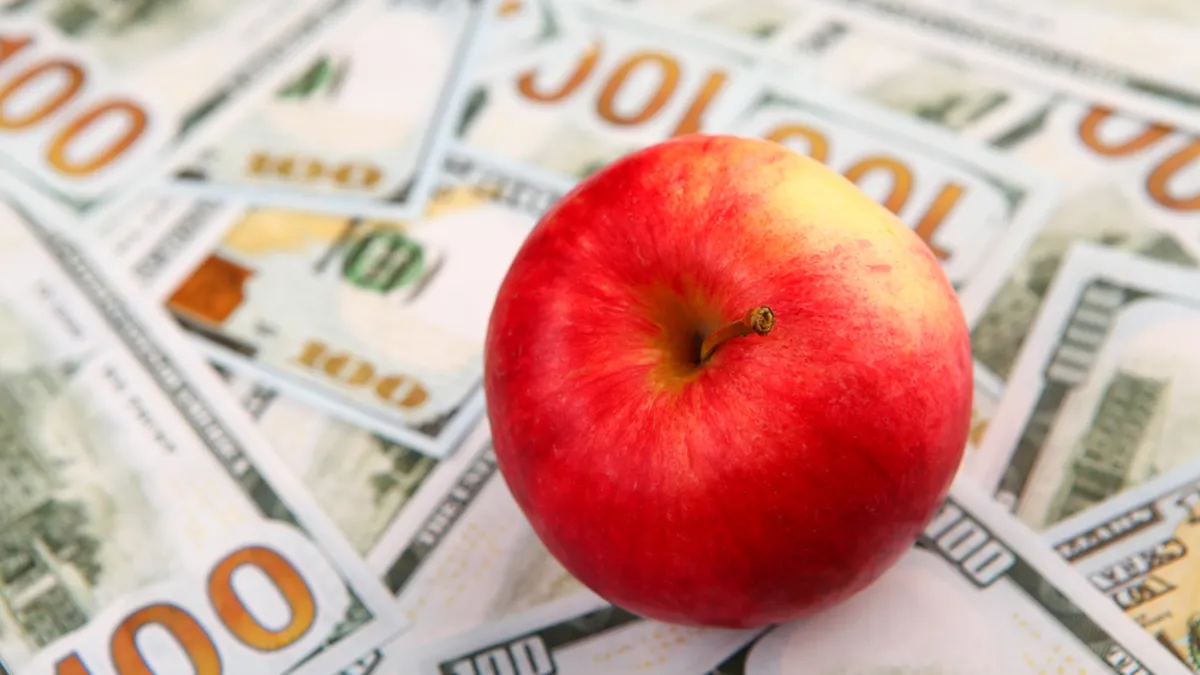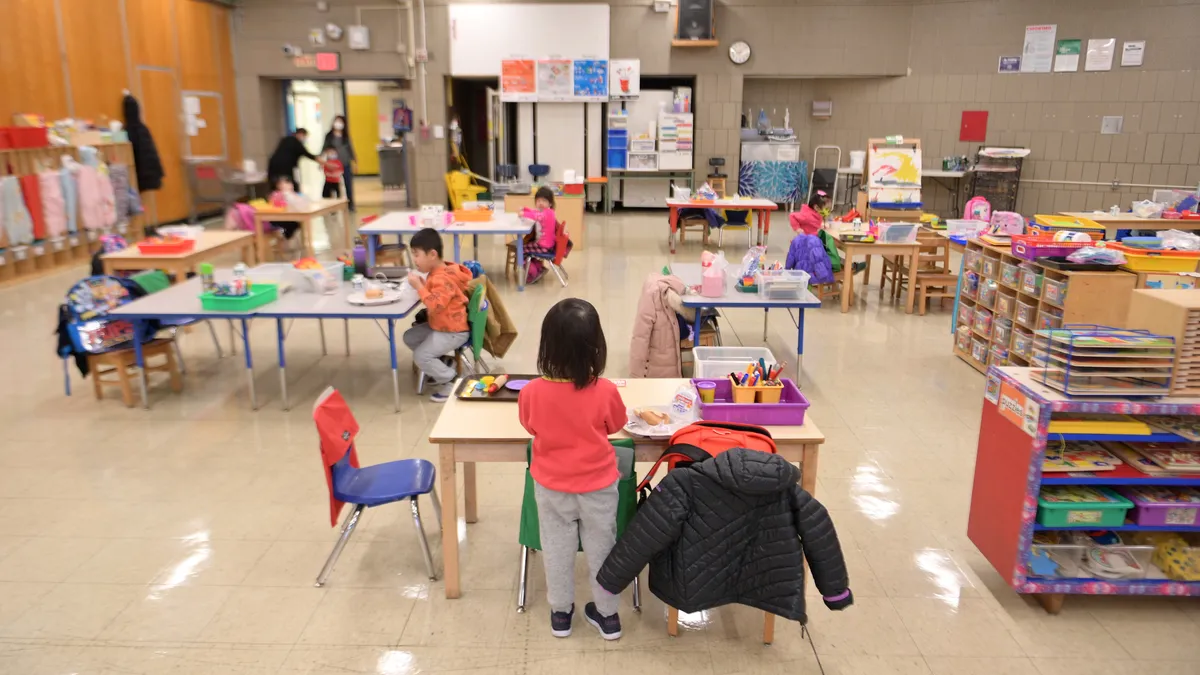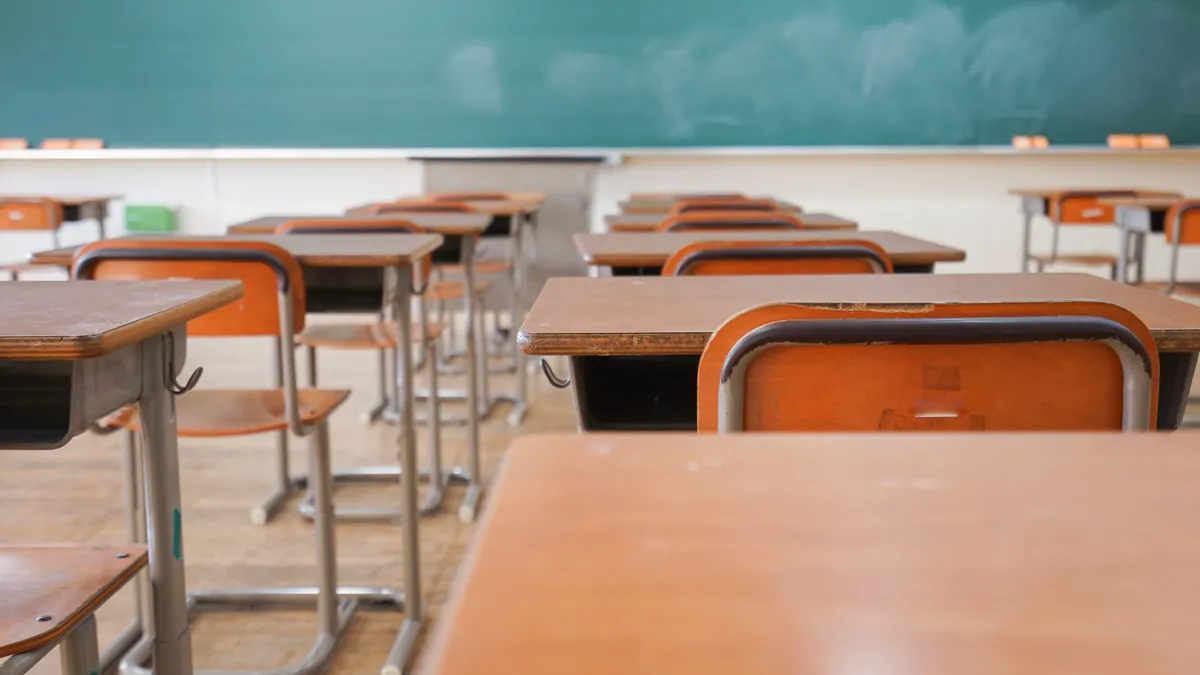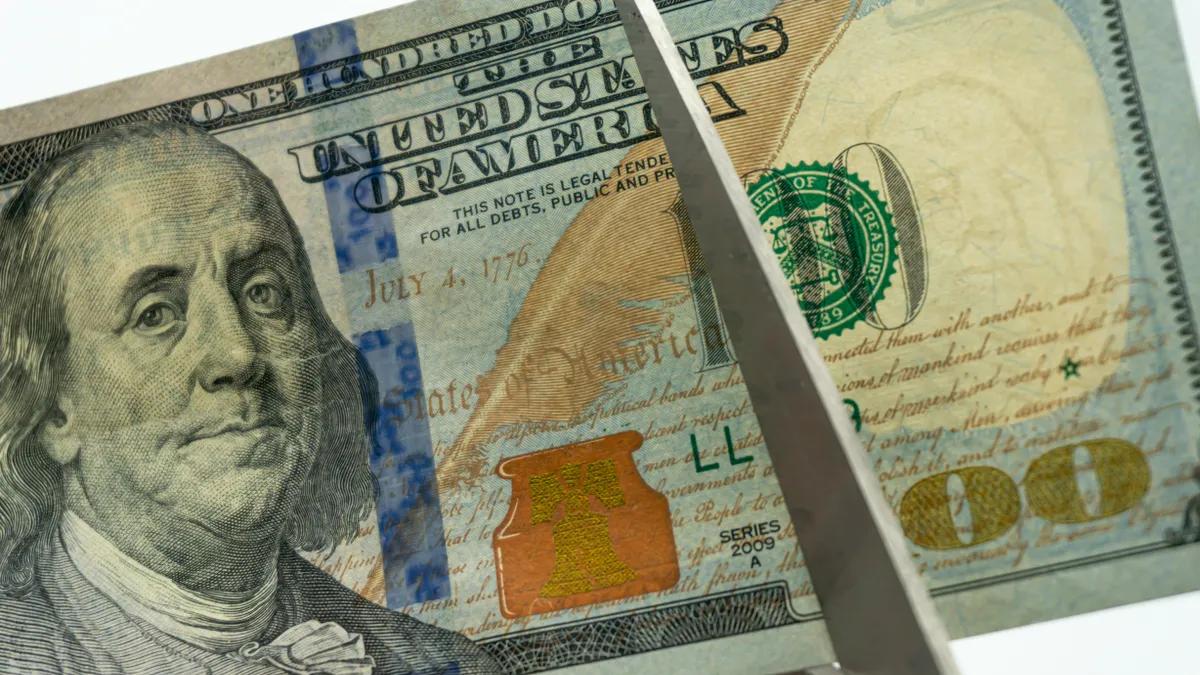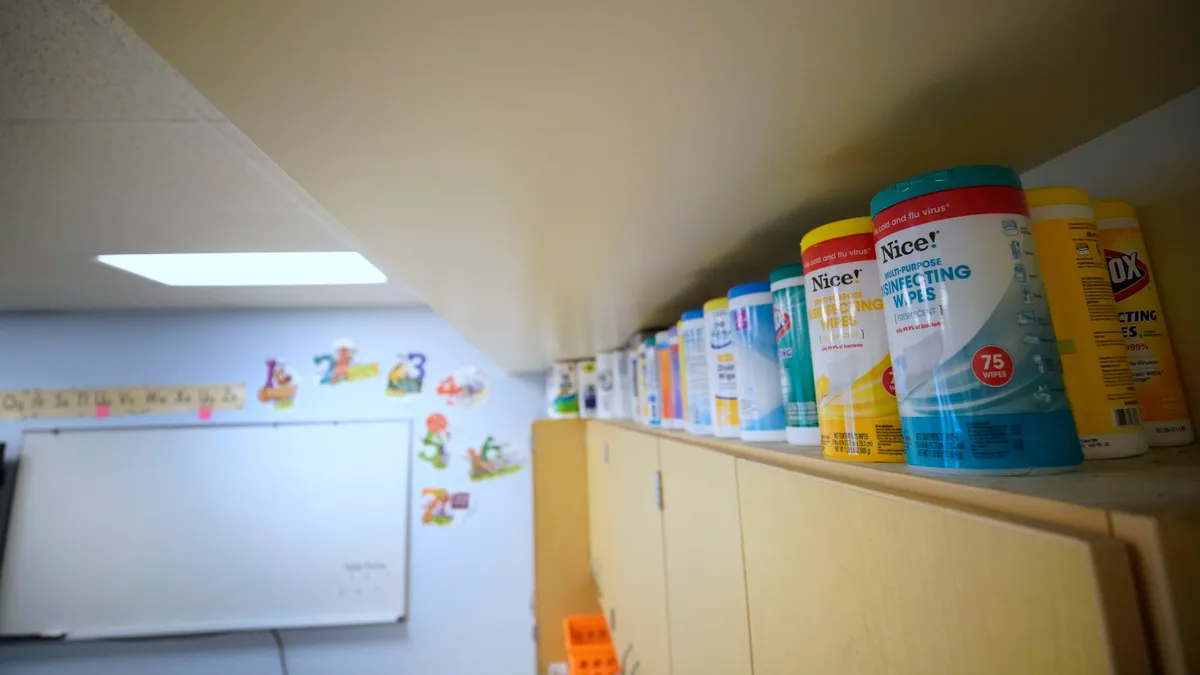A review of decades of data on exclusionary discipline shows that racial disparities in out-of-school suspensions have persisted over the years and that students with disabilities are suspended at much higher rates than students without disabilities, according to a paper from the Learning Policy Institute.
The analysis also highlights that while overall suspension rates increased from a low of 4% in 1973 to peak at 7% in the early 2010s, they trended down to 5% in the 2017-18 school year, the last year for which data was examined. The decline in suspension rates came during the Obama administration, which issued guidance to reduce punitive discipline policies in favor of research-based restorative practices, the report pointed out.
"Evidence shows that although educators suspend students with the intent to keep schools safer, improve school climate for learning, and promote positive behavior, exclusionary punishment is ineffective for achieving these goals," said the report, which also made recommendations for discipline reforms.
To analyze suspension data, researchers looked at national and state out-of-school suspension data. Suspension rates data for the 2011-12 through the 2017-18 school years comes from the Civil Rights Data Collection, while earlier data is based on research and estimates from the U.S. Department of Education's Office for Civil Rights.
Here we highlight trends in suspension data over the years:
By the numbers
45 states and Washington, D.C.
The suspension gap between Black and White students decreased among secondary students between 2011-12 and 2017-18.
1 in 4 students with disabilities
Between 2011–12 and 2017–18, most states narrowed the suspension gap between secondary school students with and without disabilities, but about 1 in 4 students with disabilities were suspended in Delaware, Louisiana, South Carolina and Washington, D.C. in 2017-18.
11.2 million school days
The number of days missed during the 2017-18 school year for the 2.5 million students suspended one or more times.
16% of Black students
The suspension rate for Black students during the 2009-10 school year. In 1973, the suspension rate for Black students was 6% for Black students and 3% for White students.
14.9%
The overall suspension rate for Washington, D.C. in 2017-18, which had a higher rate than any state that year. The national average was 6.9%. Utah had the lowest rate at 2.7%.
-4.4 percentage points
Illinois had the largest decrease in out-of-school suspensions, falling from a 9.8% rate in 2011-12 to 5.4% in 2017-18.
Grades K-5
California legislation prohibits out-of-school suspensions for elementary students for minor misbehaviors.
3 to 5 years
The length of time it takes a school and district to transition from a culture of punishment to a more restorative approach, according to the LPI report, which warns that a transition can include growing pains and temporary setbacks before schools see long-term gains.


















